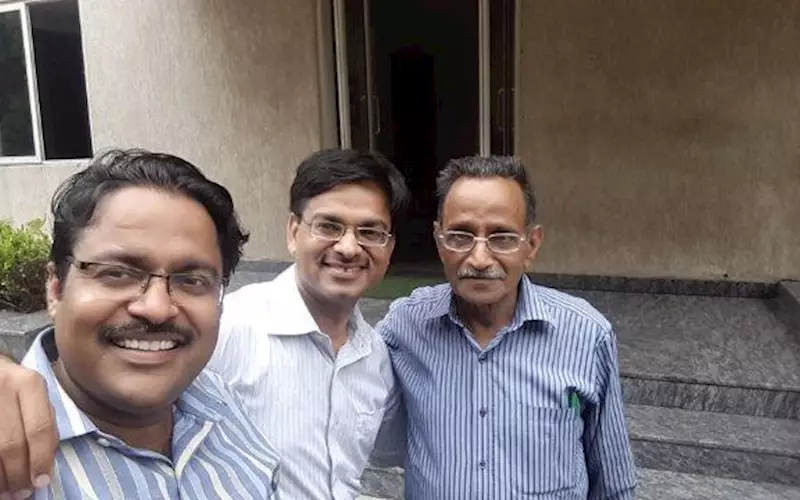Six things to know about the GST bill
The GST-related bill was passed by Rajya Sabha on 3 August 2016. Sangeet KR Gupta of Finsys studies its impact on the print industry.
05 Aug 2016 | By PrintWeek India
GST is going to impact businesses of many firms in the print industry. For example, the commercial printer who was levying only 2% CST will also have to shift to a higher 18% GST. But auto components manufacturers selling to Honda SPD, the tax will come down from 26% to 18%.
Furthermore, Modified Value Added Tax (MODVAT) opportunities will increase.
Ask your chartered accountant or auditor to work on the relevant provisions as they apply to your specific case individually and in a personalised way. Simply because, there will be a lot of media hype on this.
The reasons for the media hype are: It's not a GST bill, it's a Constitution (122nd Amendment) Bill 2014 which will pave the way for introduction of three separate bills on GST. This is important to understand, as there is a different procedure for a constitutional amendment bill to become a law as compared to any other normal bill (including GST bill which is yet to be introduced). Therefore, apart from getting a nod from both houses of the Parliament, it must be ratified by at least half the number of total state legislature that is 15 out of 29 members, which is not the case for any normal bill and an approval from the President of India.
To become a reality, the legal travails which GST has to fight are
1. Bill must be passed by Lok Sabha (though it was earlier passed by Lok Sabha but since bill in Rajya Sabha is passed with six amendments so the same bill must be passed in Lok Sabha as well).
2. At least 15 states must ratify the bill in their respective legislative assembly or where there is a bicameral legislature then by both the legislative assembly and legislative councils (seven such states to be precise that is Andhra Pradesh, Telangana, Bihar, Jammu-Kashmir, Karnataka, Maharashtra and Uttar Pradesh).
3. The assent of President of India is required. Plus for the passing of the three bills on GST, the Parliament will have to pass legislation on central GST (CGST) and Integrated GST (IGST).
4. All 29 states and seven Union Territories will have to pass their state GST (SGST) Acts. The dates of implementation of CGST, SGST and IGST have to be negotiated and synchronised.
5. Judicial review on constitutional validity like the NJAC bill which was unanimously passed but struck down by Supreme Court saying it's un-constitutional; this bill also has to pass the litmus test of judicial review. The reason being AIADMK members walked out from Rajya Sabha saying Tamil Nadu will lose Rs 9270 crore (according to their estimates). And so, most likely they will challenge the constitutional validity of the bill in Supreme Court. To my knowledge they may take the stand that it's against the federal spirit of India which violates the basic feature of the Constitution. This can't be amended as per one of the earlier ruling of the Supreme Court.
6. Software portal and mechanism for managing all this has been outsourced and work is in progress.
Conclusion: There is a long procedure for GST to become a reality. All that has transpired on 3 August is merely a formality and the formality needs to be complied. It will take some time as so many bills needs to be passed at the Centre and State level. Having said so, one does not deny the fact that GST is a virtual reality awaiting us.
Be prepared. Stay prepared.
Sangeet KR Gupta is director at Finsys Infotech. This piece is co-authored with Puneet Gupta and M L Gupta.














 See All
See All